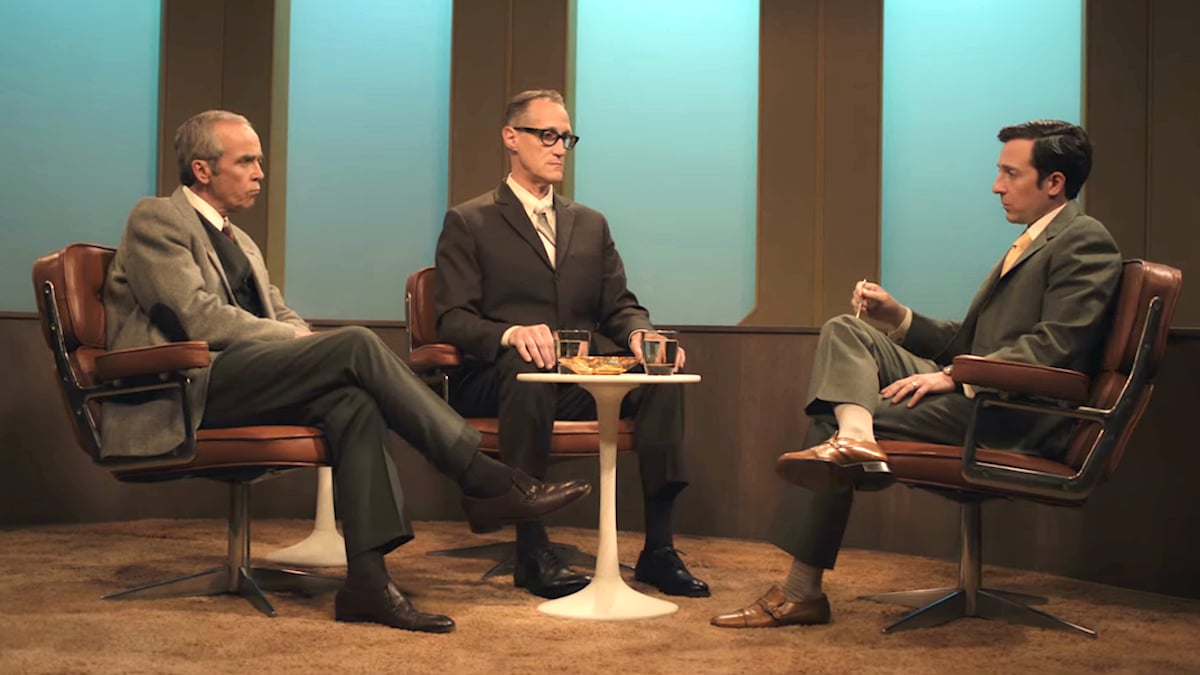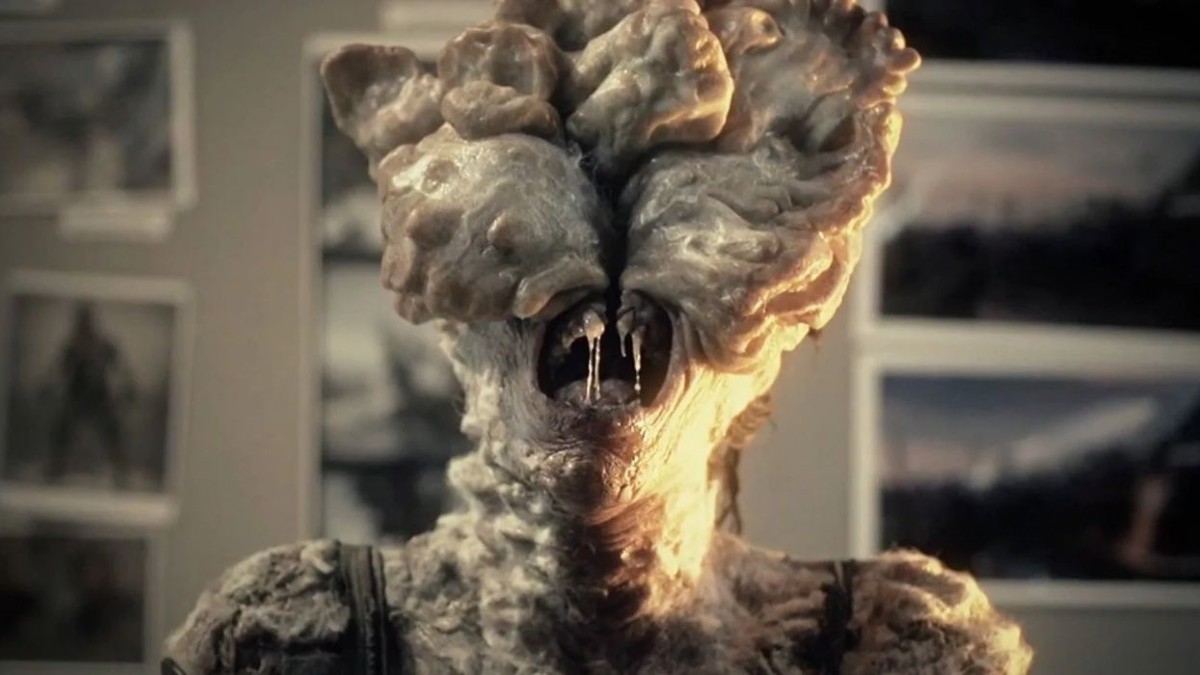HBO’s The Last of Us has rapidly become one of the network’s most popular shows of the last decade.
Every week, millions of viewers tune in to witness Joel (Pedro Pascal) attempt to safely transport 14-year-old Ellie (Bella Ramsey) to their desired destination. Featuring frightening zombie-like creatures known as “clickers” who’ve fallen victim to a viral fungal infection that’s overtaken the planet, The Last of Us’ fictional premise has become twice as frightening in a post-COVID-19 world. To such an extent, it prompts the question of whether or not such a fungal infection actually exists in the real world.
The fungus in question is cordyceps, and HBO’s The Last of Us hinges on the notion that cordyceps overtook the planet through a contaminated flour factory whose contents were sold worldwide. After being ingested, cordyceps commands its host’s central nervous system, eventually – and entirely – controlling them to the point of complete mind control. The fungi’s primary goal? To further the spread of its species. Meaning, it stops at nothing to infect as many human beings as physically possible.
Such a notion makes for great TV, but the real question is whether or not cordyceps exists in real life because if it does, well, let’s just say it’s going to get much harder to suspend our belief and enjoy The Last of Us during what’s supposed to be our leisure time.
Is cordyceps merely fictional or does it actually exist in the real world?

Look, we’re not going to beat around the bush and keep you in suspense. The answer is yes, the cordyceps fungus from The Last of Us is indeed inspired by real-world mycology, meaning it does exist in the real world and can produce zombie-like symptoms. As a matter of fact, the show’s co-creator and Neil Druckmann, who also created the video game, says he based the cordyceps fungus on a Planet Earth BBC documentary. Now, before you start freaking out, let’s explain exactly what that means.
Around 600 variants of the cordyceps fungus exist in the natural world, but there is no recorded history of said fungus being able to enter the human body and survive. The reason for this is that the fungus has not evolved to withstand the human body’s internal temperature, so technically we can’t be harmed.
Now, we know what you’re thinking: that sounds an awful lot like the opening scene of The Last of Us, and you’d be right. In the episode, Dr. Neuman (John Hannah) tells the television host (Josh Brener) that the fungus can’t live inside humans because it can’t withstand our internal temperature. However, should the world get several degrees warmer from, say, global warming, the fungus could then indeed invade the human body.

Of course, planet Earth’s ongoing battle with global warming doesn’t make arguments against a potential cordyceps outbreak feel less terrifying, but while global warming isn’t on our side, evolution thankfully is.
João Araújo, assistant curator and researcher in mycology at the New York Botanical Garden, explains that such an outbreak is “very unlikely,” according to his interview on New Rockstars. He says, “Cordyceps have been evolving with their insect host for over a hundred million years.” During this time, the fungus has perfected its ability to live in harmony with its insect hosts, typically ants. To do so in a human body would take millions of years of evolution. For that reason and that alone, a cordyceps outbreak as seen in The Last of Us is, again, “very unlikely.” That is, at least in our lifetime or the lifetime of our great, great, great, great, great-grandchildren, and hopefully much longer than that.
So, for now, the show thankfully remains in the realm of fiction. However, just to spice things up, we’ll leave you with this: When Stephen King’s The Stand came out in 1978, it, too was laughed off as fictional. Then, in 2020, the COVID-19 pandemic proved its premise entirely true.
You can mull that over as you watch new episodes of HBO’s The Last of Us, premiering every Sunday at 9 pm ET/ 6 pm PT.

